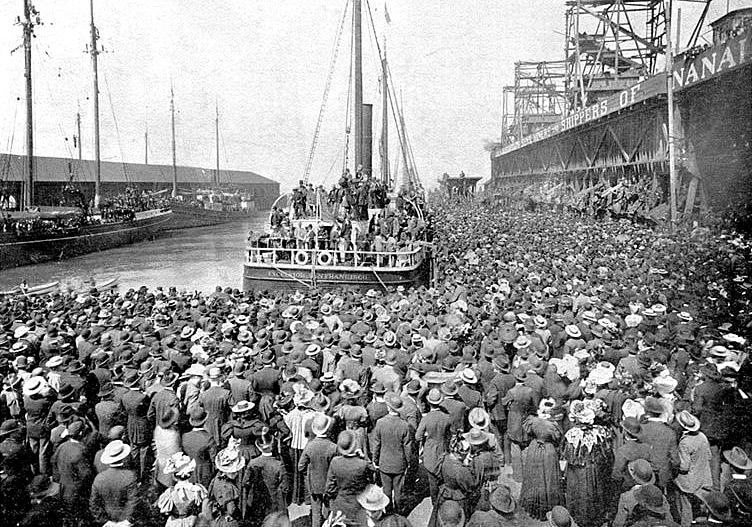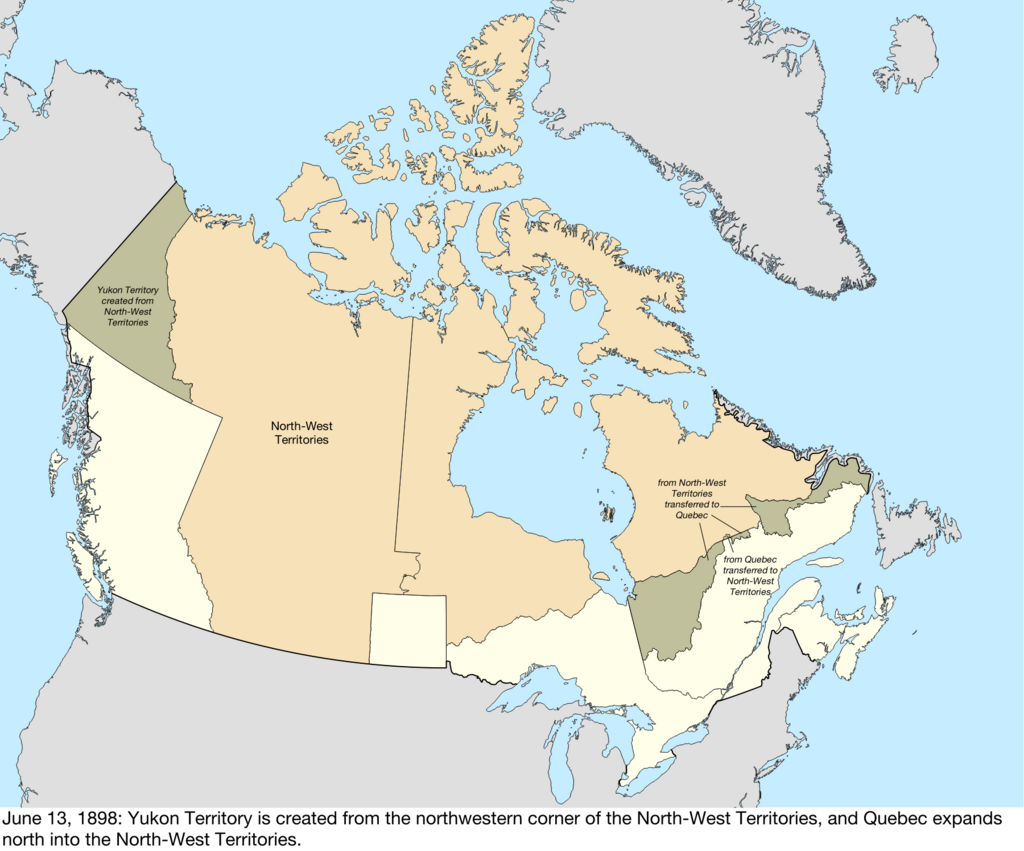I’ll bet Sir John Sparrow David Thompson, Minister of Justice of Canada in 1892, could never have imagined that a small, personal project could one day become the code upon which justice is determined in Canada.
After its confederation in 1867, Sir John A. Macdonald (photo below), then Prime Minister of Canada, was determined not to let the justice system in Canada fall to disparity. Initially based off of the Stephen Code in Britain, the Criminal Code of Canada began as a set of nine statutes in 1869, dealing with coinage offences (counterfeits), forgery, offences against the person, larceny (theft), malicious injury to properties (in other words, vandalism), perjury (lying under oath), and procedure (the process of judging someone who has committed a crime).

In July of 1892, the Criminal Code of Canada was finally published. It addressed many more areas than the nine statues above, including laws against animal cruelty and the definition of cattle, for instance. Death sentences and whipping were still appropriate punishments, however, the code was kind enough to wait for pregnant women to give birth before executing them. After its publication, the criminal code was just the sort of document that Prime Minister Macdonald had needed, and its contents united the country together in a common pursuit of justice.
It’s evident that we’ve come far from the criminal code written in mid-1892. The death sentence is no longer acceptable in our society. However, progress in time also means that there are much more complexities in today’s criminal code than those simple nine statutes stated in the code’s conception. Expanding technology and globalization means that cyber-security, terrorism, and narcotics have gotten their own section within the system. As the youth of today’s world, we should recognize that we are next to inherit the world and to call it our own. As such, the responsibility lies in our hands to ensure that our actions and our beliefs should change this code to further empower others, and not add to the list of never-ending crimes.





 Who would like to move to Yukon? Surprisingly, from 1896 to 1899, more than 100,000 people migrated to Yukon, which at the time was considered as an unprecedented amount of immigration. Why did all these people all of a sudden move to the Yukon Territory, I hear you ask? We know they have great potatoes, and a lot of cold weather, but what else do they have? Well, back then, they had a lot of something much more valuable than cold weather or potatoes – gold.
Who would like to move to Yukon? Surprisingly, from 1896 to 1899, more than 100,000 people migrated to Yukon, which at the time was considered as an unprecedented amount of immigration. Why did all these people all of a sudden move to the Yukon Territory, I hear you ask? We know they have great potatoes, and a lot of cold weather, but what else do they have? Well, back then, they had a lot of something much more valuable than cold weather or potatoes – gold.














 As we reflect on 150 years of Canadian history in the making, our country definitely has many successes, milestones, and famous individuals to celebrate. But, what we also have are many unique stories that maybe didn’t earn us global recognition or put us on the map. It is important that we take the time to learn about and commemorate the tales that impacted, sometimes devastated hundreds of ordinary, everyday Canadian citizens. The incidents that our country learned from, got through together and became more resilient from. Events like the Frank Slide.
As we reflect on 150 years of Canadian history in the making, our country definitely has many successes, milestones, and famous individuals to celebrate. But, what we also have are many unique stories that maybe didn’t earn us global recognition or put us on the map. It is important that we take the time to learn about and commemorate the tales that impacted, sometimes devastated hundreds of ordinary, everyday Canadian citizens. The incidents that our country learned from, got through together and became more resilient from. Events like the Frank Slide. Today, the town of Frank, Alberta, still lies in the shadow of the “Mountain the Walks.” (As an aside, Alberta didn’t become a Canadian province until 1905, almost two years after the incident, so at the time Frank was still classified as a community of the Northwest Territories). In 1985, the Frank Slide Interpretative Centre was built as a museum and tourist stop in order to document the Frank Slide and the region’s coal mining history. It still remains a popular destination receiving more than 100,000 visitors on an annual basis.
Today, the town of Frank, Alberta, still lies in the shadow of the “Mountain the Walks.” (As an aside, Alberta didn’t become a Canadian province until 1905, almost two years after the incident, so at the time Frank was still classified as a community of the Northwest Territories). In 1985, the Frank Slide Interpretative Centre was built as a museum and tourist stop in order to document the Frank Slide and the region’s coal mining history. It still remains a popular destination receiving more than 100,000 visitors on an annual basis.











 The campaign for women’s suffrage in Canada began back in 1876 but was not fully achieved until 1919. Near the mid-1800’s, women began to feel excluded from activities that were mainly done by men and wished for equality for not just suffrage but for healthcare, education, and employment as well. During WWI, when the women were serving in the war and taking over the men’s jobs, it was difficult to ignore their proposition. Step-by-step, the right to vote for a Canadian woman over the age of 21 was finally established.
The campaign for women’s suffrage in Canada began back in 1876 but was not fully achieved until 1919. Near the mid-1800’s, women began to feel excluded from activities that were mainly done by men and wished for equality for not just suffrage but for healthcare, education, and employment as well. During WWI, when the women were serving in the war and taking over the men’s jobs, it was difficult to ignore their proposition. Step-by-step, the right to vote for a Canadian woman over the age of 21 was finally established.



